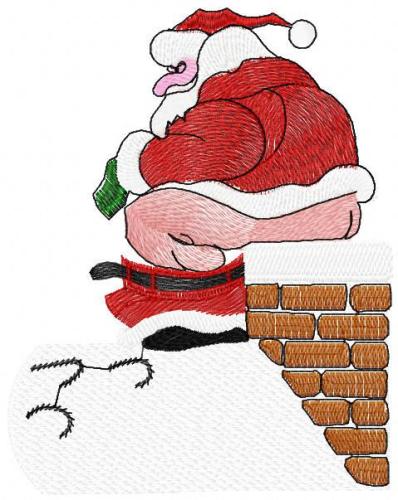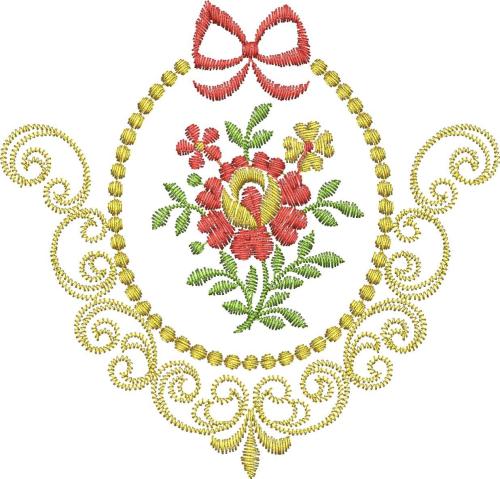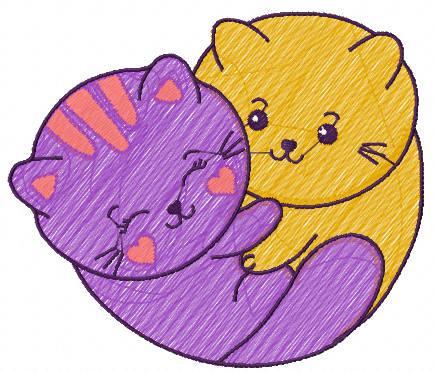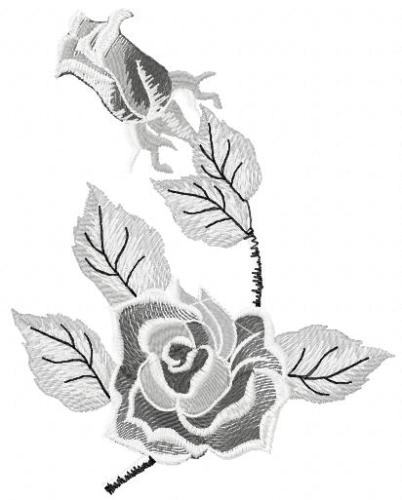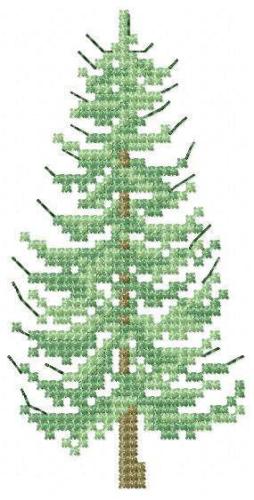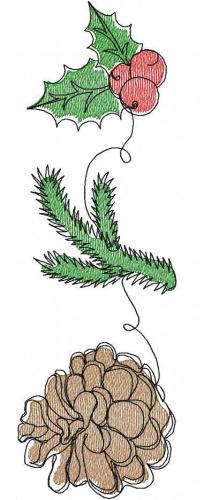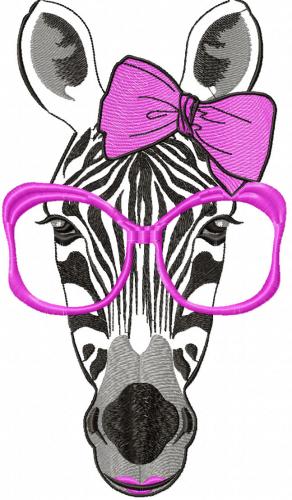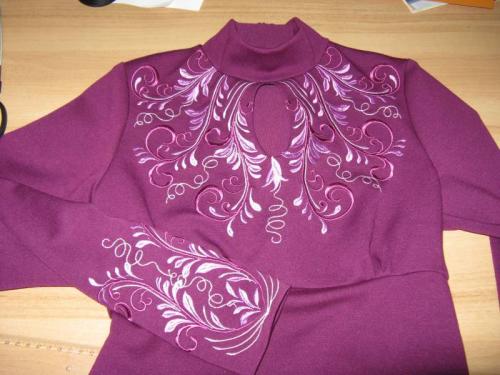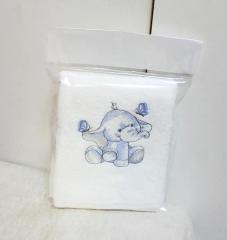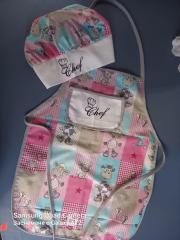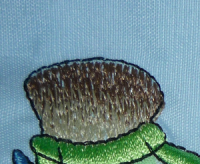
Original text by Marina Belova
Quality and defects in machine embroidery go hand-in-hand. You cannot speak of one and not the other.
Shape deformation and other defects are the most common problem for an embroidery digitizer and embroiderer. The "what you see (on your computer screen) is what you get" does not work in machine embroidery". Instead of an excellent design, you may get something completely different.
I've often had to face the fact that different embroiderers have different quality benchmarks. Some embroiderers might tolerate a mistake that would be unthinkable for their colleagues. But despite their differences, quality benchmarks in machine embroidery are the same for everyone, so everyone must be familiar with them.
One can catalog all possible embroidery defects for ages. I'll mention some of my own:
- the outlines are not where they should be
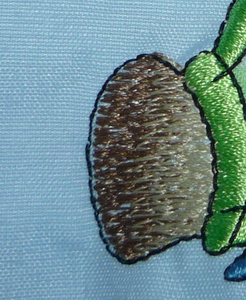
- the contours are misplaced

- the shapes are distorted: round objects become ovals and squares turn into rectangulars
- stitches sink in the pile
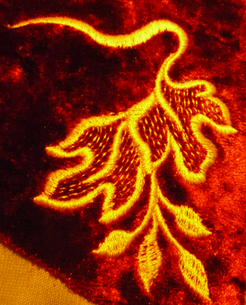
- gaps between the stitches where the object with different stitch direction meet

- the underlay shows
- the stitches overlap visibly
There may multiple reasons for the defects:
Technical
- the fabric too tight/loose in the hoop without regard to its type and properties
- wrong hoop size
- tension regulation is not proper
- wrong type and/or size of needle
- wrong stabilizer Learn how to match the fabric and the stabilizer here.
- embroidery speed is too high
- fabric properties not taken into consideration
- threads properties not taken into consideration
Project-related
- high density of the design
- too much or too little push/pull compensation
- stitch length varying greatly in one contour
- incorrect embroidery sequence
- a large number of short stitches
- incorrect underlay type
The easiest way to solve these problems is to add one more layer of stabilizer. The other way is to understand the reasons behind the embroidery defects. Then to start foreseeing the possible defects at the digitizing stage.
There are several tips for digitizers to prevent the appearance of defects while creating machine embroidery file.
Overlap the contours to avoid gaps between them. I've written about it in my article called Overlapping of the neighboring objects.
Correct the stitch angles for the objects where stitches run in opposite directions and insert a "patch".
In order to find the reason for the gaps and learn how to get rid of them turn the design for 90° and embroider. If the gap is still present, it is a digitizing mistake.
If the fabric is correctly hooped but still pulled or the embroidery is distorted, check out the density of the design and the type of understitching.
Correction formula for the excessive density: add density to the underlay and remove it from the upper layer.
If the density and the underlay are consistent with the design requirements, hooping may be the problem. If the fabric in the hoop is too tight, it will pucker around the edges of the design. And if it is too loose, there will be humps on embroidery surface.
So you'd better not to follow the established guidelines but find the reason of every particular problem in order to avoid the same mistake in future.
The most important advice is: practice makes perfect.
Edited by Irina


